The best Castlevania game in years
JoyMasher, the Brazilian team behind Odallus: The Dark Call doesn’t have a ton of games under its belt, but that doesn’t mean it can’t produce quality content. Somehow the developer has done something Konami hasn’t in many years: it made a great Castlevania game — just without that particular moniker.
If you’ve been looking to relive the pixel glory days of Castlevania, look no further than Odallus: The Dark Call.

Odallus: The Dark Call (PC)
Developer: JoyMasher
Publisher: JoyMasher
MSRP: $14.99
Released: July 15, 2015
Haggis’s son has been taken by darkness, his village has been set ablaze, and his Gods have abandoned him, so he does what any father would do in this situation, brandish a sword and go on a killing spree. Along the way Haggis picks up axes, spears and torches to add to his arsenal of demon-dispatching weaponry; axes go in a straight line and torches ignite the ground much like throwing knives and holy water from Castlevania respectively. These sub weapons can be found and replenished via various chests along the way or at shops set up throughout the land in exchange for orbs enemies drop.
Knowing when to use these sub weapons are key to success in Odallus, especially at the start of the journey as your sword is rather weak in comparison. Certain enemies and obstacles fall faster to sub weapons. A weapon bag dictates how many of each weapon can be carried, luckily it can be upgraded by finding upgrades hidden throughout the landscape. Health, sword, and armor upgrades can also be found hidden in hard to reach places.

Odallus is anything but hard as I was able to breeze through it in just over four hours. Health is carried over between levels, only being refreshed by finding health pickups in chests or by purchasing them at shops. Lives can be purchased at shops but there is little reason to as running out only causes you to restart the current level at the beginning instead of the latest checkpoint. The only real difficult part of the game is the final boss whose attack pattern was seemingly random and extremely cheap: the only way I was able to defeat him was to be equally cheap and abuse the final armor upgrades and their ability to make myself invulnerable for a brief moment while spamming attacks.
Bosses in general are pretty easy, having predictable patterns and falling quickly to sub weapons or upgraded swords which is a shame because they all look so cool, mostly like hellish H. R. Giger creations. I found myself purposefully not being aggressive in boss fights just so I could see what attacks the bosses had in their arsenals.
Like the bosses, many of the levels look awesome, even if some of them rely on Castlevania tropes such as a burning village or a dark forest. Graphically Odallus looks like an NES game, which isn’t a bad thing, as the game honestly feels like a spiritual successor to the NES Castlevania games.

While there are some commonplace level locations for this type of game, there are also some that mix up the formula a bit such as underwater levels and even a mine cart level. Riding in a mine cart, ducking stalactites, and jumping over other mine carts and gaps in the track are just as fun as they were in Donkey Kong Country, albeit a bit easier. The underwater levels play generally the same as the other levels, though jumping gets a bit of additional height. Jumping higher underwater when wearing armor may not make much sense, but it doesn’t take away from the experience.
Each level has multiple paths to progression, though a lot of times they end up looping back to where they started in clever ways that prevent the need for backtracking. If you’re like me and you always wonder which path you should go and worry about missing something, Odallus is pretty good about making sure you end up back in that area for one reason or another.
One thing I’ve never liked about metroidvania style games is the tedious, boring backtracking that is forced upon you if you’re a completionist. Luckily here you’re able to use a Ghosts ‘n Goblins-esque map to jump between levels. The level selection screen also provides details on how many secrets are left to collect, if the boss is alive, and if you’ve unlocked the alternate routes. No levels are really secret as they are marked on the map when you unlock the levels that they can be accessed from. I had to repeat a couple of levels maybe two times to clean up on some secrets I’d missed, but for the most part your time isn’t wasted to try to artificially extend the playtime.

Traversing levels at first feel mostly like a classic platformer; You have one jump, and getting hit knocks you back a bit, but unlike those games of old there are no bottomless instant-kill pits to be found. While cheap deaths plagued classic Castlevania games making them “NES hard,” I was very pleased Odallus didn’t follow in their footsteps. Another nice feature is the ability to grab ledges and pull yourself up; this leads to some interesting platforming and puzzles that I won’t spoil here. Eventually you’ll gain the ability to double jump, dash, and perform other actions to help you blaze through levels, though this is late into the game.
Typically I’m team whip, but Odallus goes team sword and it feels great. Slicing enemies into pieces doesn’t feel much different than using a whip, what is different though is the ability to parry an enemy’s projectiles. Hitting a fireball or other projectile out of the air with a sword just feels awesome, Odallus definitely rewards aggressive play.
The entirety of the story plays out in an opening cutscene, hidden collectible runes, boss dialogue, and an ending cutscene. There are a few instances where the localization seemed a bit off on grammar, but it wasn’t unintelligible.

Just like the visuals, the music is very much NES-inspired. While the chiptune music is all right it certainly isn’t as catchy as the music found in actual games available for the NES. Sound effects are seemingly more Genesis-influenced, as they sound more realistic and are often times brief voice clips much like Splatterhouse‘s effects. Odallus does nothing extraordinary in the audio department but what it does do works well enough.
Only lasting four easy-to-complete hours and having a few minor localization issues are really the only hangups I had with Odallus, which aren’t all that bad. Though JoyMasher has promised that a harder veteran mode will be made available in a few weeks, I just wish it were included at launch as this was a rare case of game being a bit too easy.
Regardless of a few minor gripes, Odallus: The Dark Call is a worthy addition to any metroidvania fan’s library and is worth the asking price. Do yourself a favor and play it.
[This review is based on a retail build of the game provided by the publisher.]

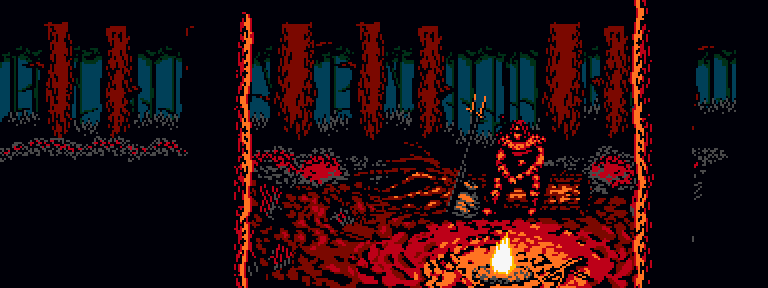

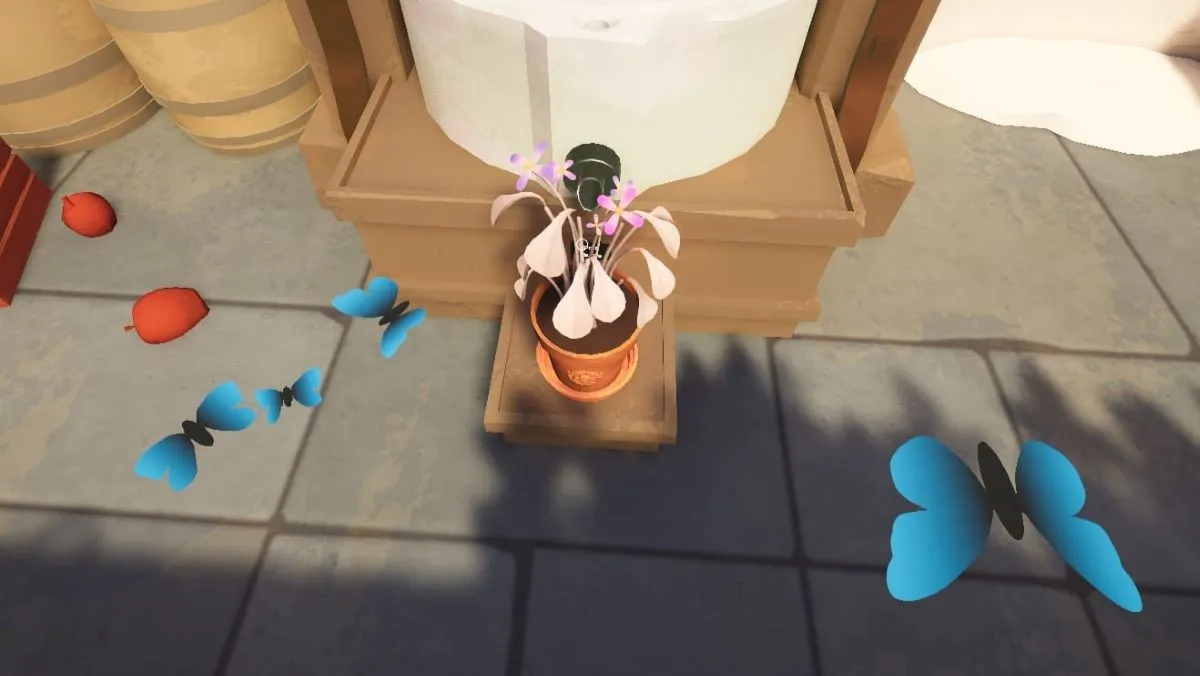


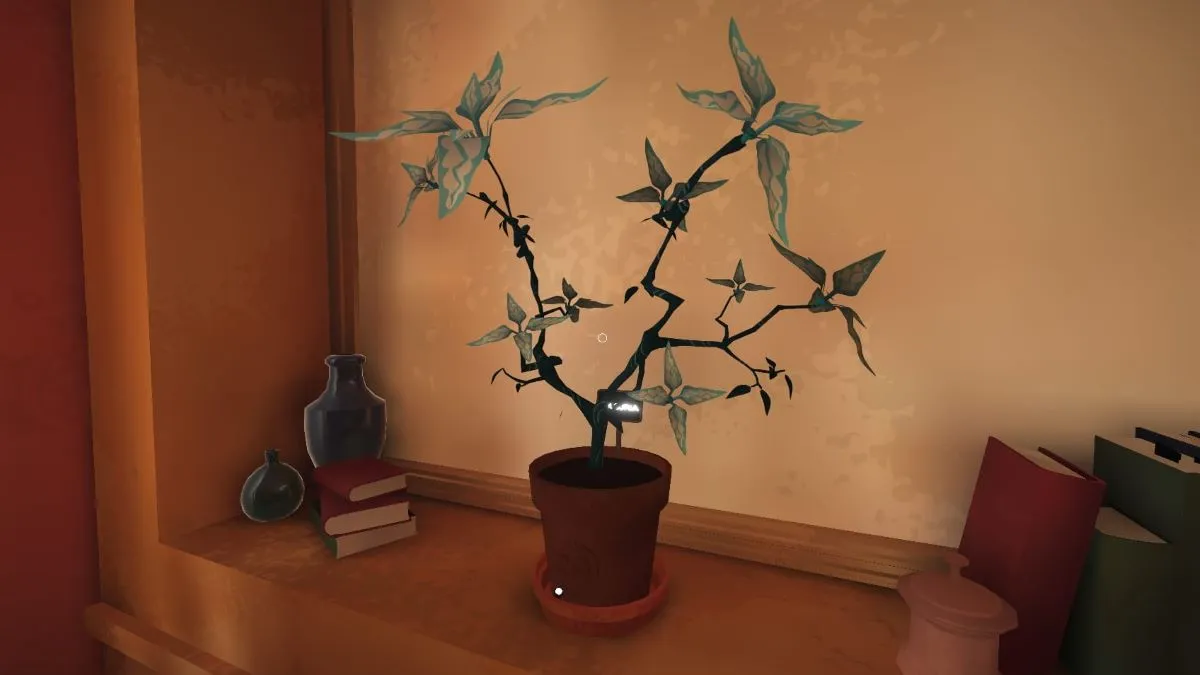
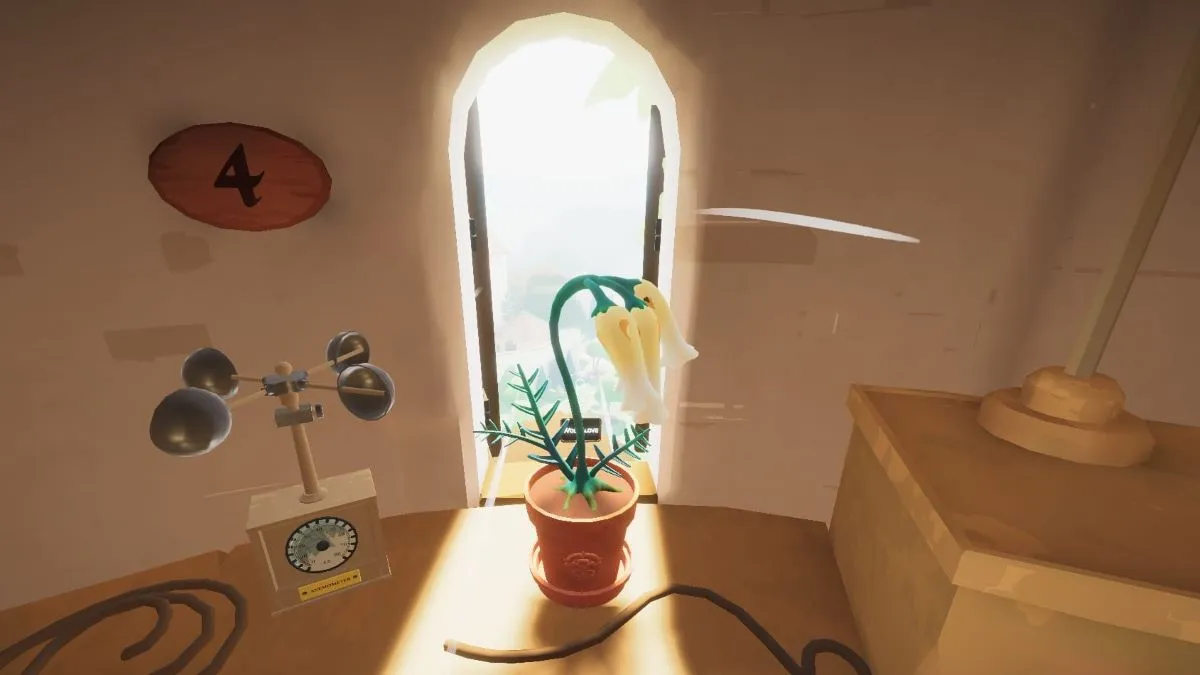

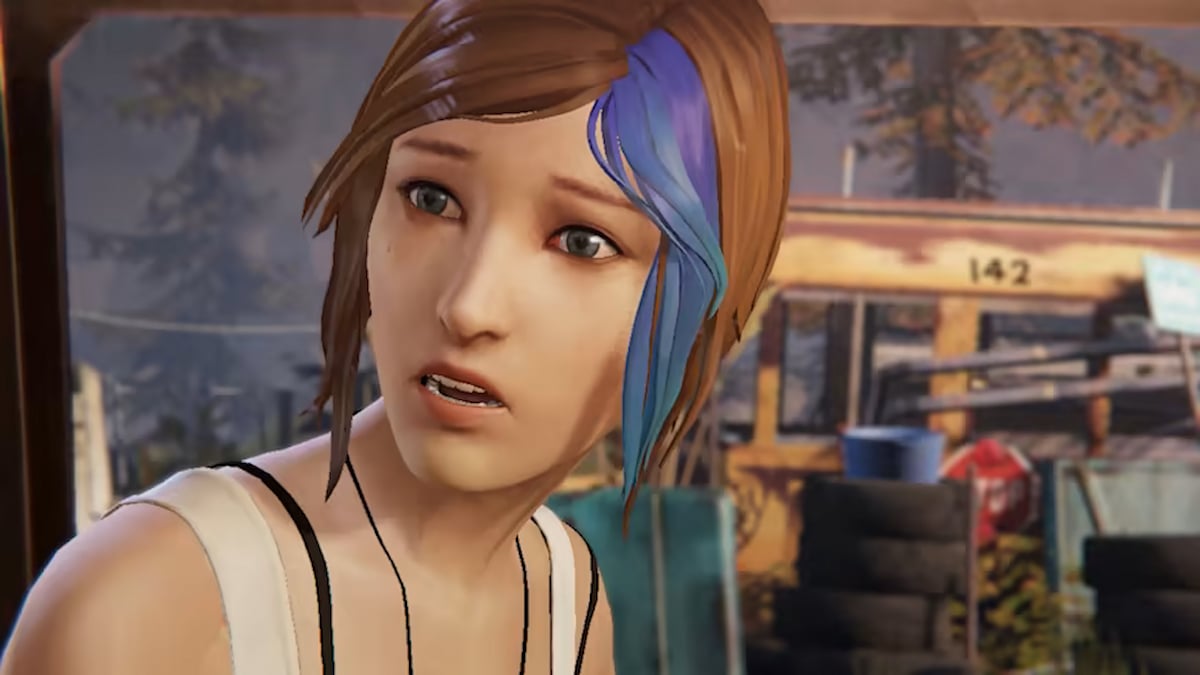


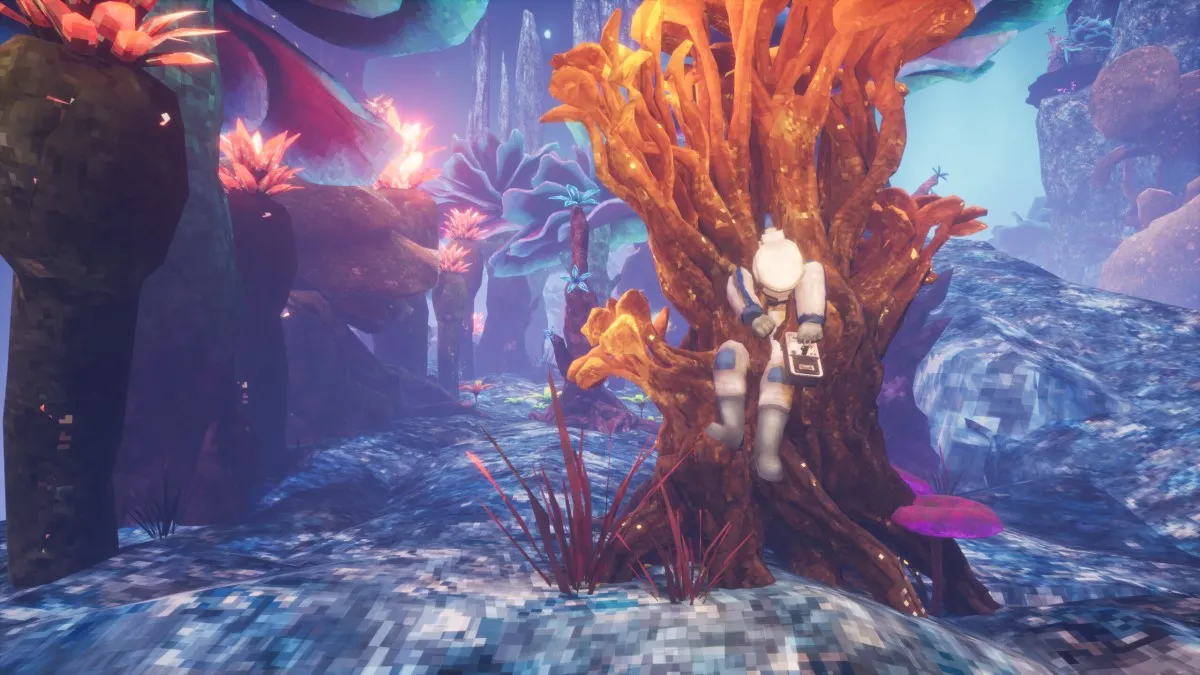
Published: Jul 16, 2015 12:00 pm